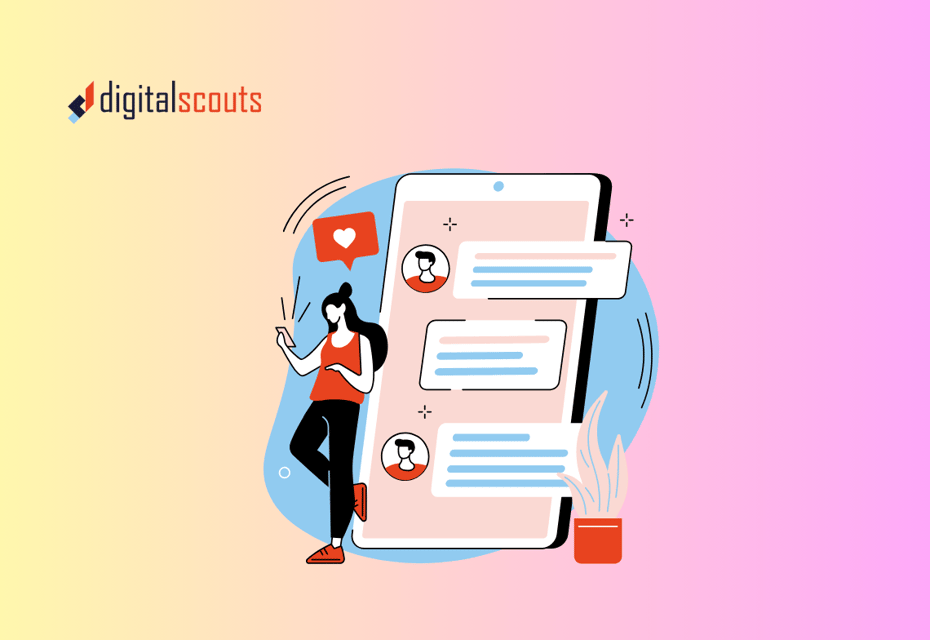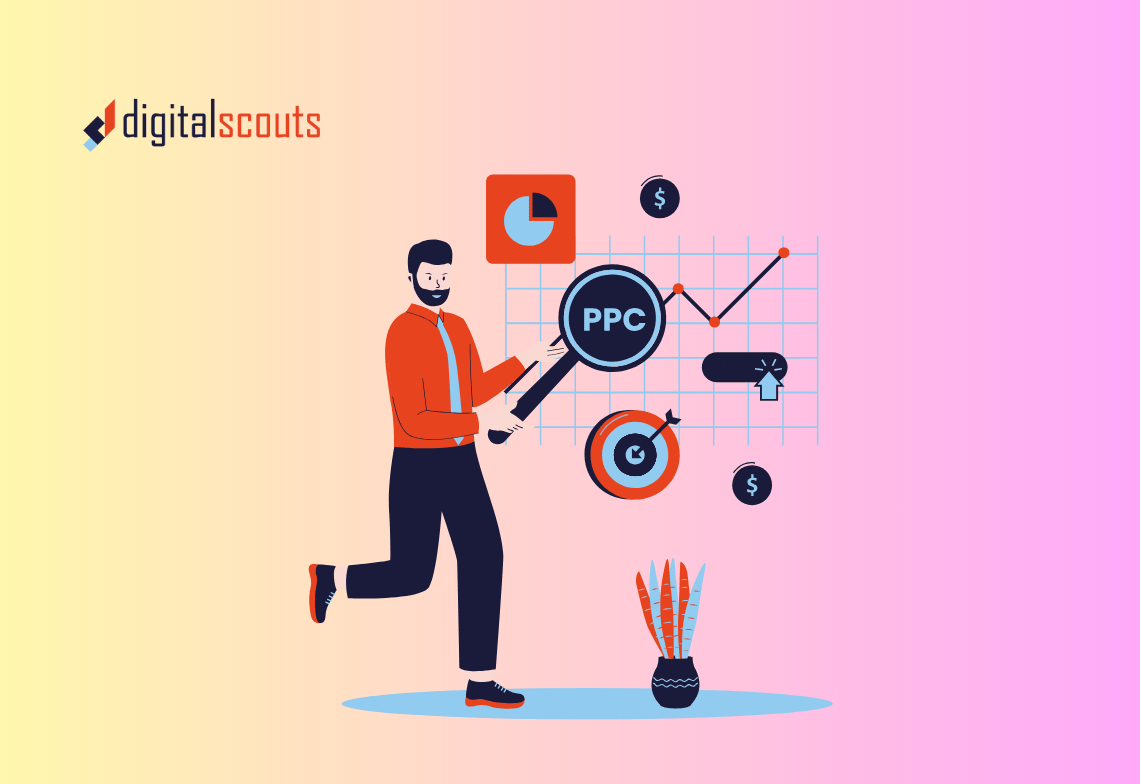LinkedIn Ads are one of the most powerful tools for B2B marketers. They reach decision-makers directly, offer precise targeting, and allow for detailed reporting.
But too often, campaigns focus on the wrong goal — clicks.
Clicks do not always equal qualified leads. A high click-through rate might look good in reports, but if those clicks do not convert into opportunities, you are paying for attention, not impact.
To make LinkedIn Ads work for your pipeline, you need to optimise for lead quality, not just traffic.
This guide walks through how to refine targeting, creative, and tracking to generate higher-intent leads, improve CPL, and strengthen collaboration between marketing, sales, and operations.
Why Lead Quality Matters More Than Clicks
In B2B marketing, the difference between a click and a conversion is often weeks of nurturing, multiple decision-makers, and complex deal cycles.
That means your paid campaigns must do more than attract curiosity. They need to attract qualified interest.
What happens when you optimise for clicks
-
You attract low-intent users who engage but never convert.
-
Your CPL rises as ads serve to broader, less relevant audiences.
-
Sales teams spend time filtering poor-quality leads instead of closing deals.
What happens when you optimise for quality
-
You attract leads who fit your ICP and show buying intent.
-
Conversion rates rise across your funnel.
-
Marketing and sales alignment improves because both teams focus on outcomes, not metrics.
Optimising for quality creates a cleaner pipeline and a clearer picture of ROI.
Step 1: Start with a Clear Ideal Customer Profile
Your campaigns are only as good as your targeting.
Start by reviewing your Ideal Customer Profile (ICP). A well-defined ICP ensures your LinkedIn Ads reach people most likely to buy — not just anyone who fits a job title.
How to define your ICP
-
Analyse your best customers.
-
What industries and company sizes do they belong to?
-
Which roles are involved in the purchase?
-
-
Identify shared challenges.
-
What problems are they solving with your product?
-
What outcomes matter most to them?
-
-
Validate with sales feedback.
-
Which leads typically move fastest through your funnel?
-
Once defined, build your LinkedIn audiences around this profile, using company, role, and seniority filters.
The tighter your audience, the higher your chance of reaching decision-makers who convert.
Step 2: Use Intent-Based Targeting
LinkedIn’s targeting capabilities are powerful, but many advertisers still rely on broad segmentation.
Instead, use intent-based targeting — signals that indicate genuine interest or relevance.
Practical targeting tips
-
Use Matched Audiences to retarget website visitors or CRM contacts.
-
Upload account lists for ABM campaigns to reach specific companies.
-
Layer in interests and group memberships to refine who sees your ads.
-
Exclude irrelevant roles or industries that might inflate spend.
Example
Instead of targeting “Marketing Managers” broadly, narrow your audience to “Marketing Operations Managers in SaaS companies with 50–500 employees.”
This shift reduces volume but dramatically improves lead quality and intent.
Step 3: Align Your Ad Objectives with Funnel Stage
Not every campaign should aim for the same outcome.
Top of Funnel (Awareness)
Goal: Reach and educate your ICP.
Use video or carousel ads that highlight pain points or industry insights. Measure engagement, not conversions.
Middle of Funnel (Consideration)
Goal: Build trust and interest.
Promote webinars, case studies, or guides that address specific challenges.
Bottom of Funnel (Decision)
Goal: Capture intent and convert.
Offer demos, consultations, or ROI calculators. Use Lead Gen Forms or direct landing pages.
Each stage serves a different purpose. When campaigns match the buyer journey, your lead flow becomes more predictable and your CPL more efficient.
Step 4: Optimise Your Creative for Relevance
Even the best targeting fails if your creative does not resonate.
Your ad creative is where buyers decide whether to engage or scroll past.
Best practices for B2B LinkedIn creative
-
Lead with value, not features. Speak to a pain point your audience recognises immediately.
-
Keep copy concise. Focus on one message per ad — avoid cluttered visuals or jargon.
-
Use real examples. Highlight client results, data, or use cases to build trust.
-
Design for mobile. Most LinkedIn engagement now happens on mobile devices.
Creative example
Weak: “Learn how our platform automates marketing.”
Strong: “Your sales team loses 8 hours a week to manual reporting. Here’s how to fix it.”
Relevance drives engagement from qualified prospects who feel seen, not just reached.
Step 5: Test Lead Gen Forms vs Landing Pages
LinkedIn’s Lead Gen Forms make it easy for users to submit information without leaving the platform. They can lower CPL but sometimes sacrifice quality if form fields are too simple.
When to use each
-
Lead Gen Forms: Best for mid-funnel offers like webinars or reports. Keep fields short but include role or company size to qualify leads.
-
Landing Pages: Best for bottom-funnel offers like demos. You control messaging, can ask detailed questions, and align conversion tracking with CRM.
Test both formats. Measure not just form completion rate but opportunity conversion to see which brings higher-value leads.
Step 6: Use HubSpot or CRM Integration for Deeper Insight
Lead quality cannot be measured in LinkedIn alone.
Integrate your campaigns with your CRM or marketing automation platform to track what happens after the form submission.
Benefits of CRM integration
-
Automatically sync leads into workflows and scoring models.
-
Attribute leads to campaigns across the funnel.
-
Identify which ads generate real opportunities.
-
Build retargeting lists from engaged but unconverted contacts.
This visibility helps you shift budget to campaigns that produce actual revenue, not just lead volume.
Step 7: Build a Consistent Nurture Process
Not all leads are ready for sales immediately.
A structured nurture process ensures that leads who are not yet ready to buy continue engaging with your brand.
How to build your nurture flow
-
Segment leads by engagement or score.
-
Deliver relevant content through email or retargeting ads.
-
Use behavioural triggers like “visited pricing page” or “opened nurture email” to adjust messaging.
-
Hand off leads to sales automatically when they hit readiness criteria.
A balanced nurture sequence can turn cold leads into warm conversations and reduce the cost of future acquisition.
Step 8: Track Beyond CTR — Focus on Conversion Quality
Click-through rate (CTR) is an early signal, not a success metric.
To measure true performance, go deeper into your funnel.
Key quality metrics to track
-
Lead-to-MQL conversion rate: How many leads show real engagement.
-
MQL-to-SQL conversion rate: How many marketing leads are accepted by sales.
-
Opportunity rate: Percentage of leads that generate deals.
-
Revenue per lead: Average revenue from each campaign or ad set.
These metrics tie performance to outcomes that matter for RevOps and leadership, not just marketing.
Step 9: Continuously Refine Targeting and Budget
Lead quality improves when your campaigns evolve based on performance data.
How to refine over time
-
Review audience segments monthly. Remove low-performing industries or roles.
-
Shift budget toward campaigns that generate the most pipeline.
-
Refresh creative regularly to avoid fatigue.
-
Use A/B testing for headlines, visuals, and CTAs.
A consistent optimisation routine keeps your CPL low and your funnel full of high-quality leads.
Step 10: Align Marketing, Sales, and Operations
Optimising for lead quality is a team effort.
How to align functions
-
Hold monthly meetings between marketing and sales to review lead quality.
-
Use shared dashboards to track pipeline by source and campaign.
-
Set clear SLAs for lead follow-up speed.
-
Use operational data to refine scoring and qualification.
This cross-functional visibility ensures that paid media contributes directly to revenue growth.
When teams align on what “qualified” means, your campaigns deliver measurable business impact instead of vanity metrics.
Common LinkedIn Ad Mistakes to Avoid
-
Targeting too broadly in pursuit of volume
-
Using the same creative for all funnel stages
-
Over-relying on clicks instead of conversion metrics
-
Ignoring CRM data when evaluating performance
-
Failing to test and optimise audience segments regularly
Avoiding these mistakes ensures every ad dollar goes toward attracting the right buyers, not just more traffic.
Bringing It All Together
LinkedIn Ads can be a powerful driver of qualified B2B pipeline — but only if they are optimised for intent, not impressions.
By refining your targeting, creative, and funnel tracking, you shift your campaigns from generating clicks to generating meaningful conversations.
Lead quality is not about spending more. It is about understanding your buyers, aligning teams, and using data to drive smarter decisions.
Digitalscouts helps B2B companies build LinkedIn advertising strategies that focus on high-intent leads and measurable ROI. Our approach connects marketing, sales, and operations through RevOps alignment, ensuring every campaign delivers real pipeline impact.
If you want to improve lead quality and reduce CPL on LinkedIn, our experts can help you optimise your ads for precision, performance, and growth.
Frequently Asked Questions
About Author
Ashish is a B2B growth strategist who helps scaleups align marketing and sales through Account-Based Marketing (ABM), RevOps, and automation. At DigitalScouts, he builds scalable content engines, streamlines lead flows with HubSpot, and runs targeted GTM programs to drive predictable pipeline. He regularly shares insights on using AI and automation to power ABM and accelerate complex buyer journeys.







.png)
